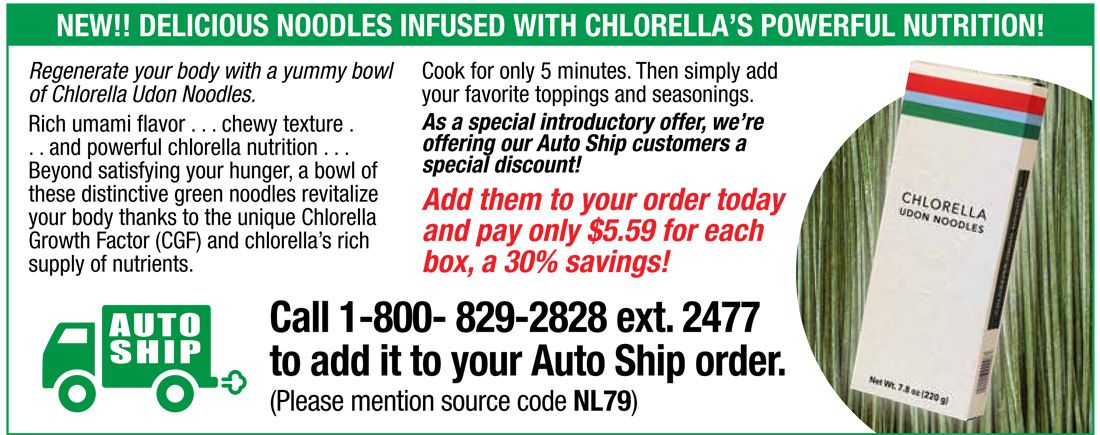
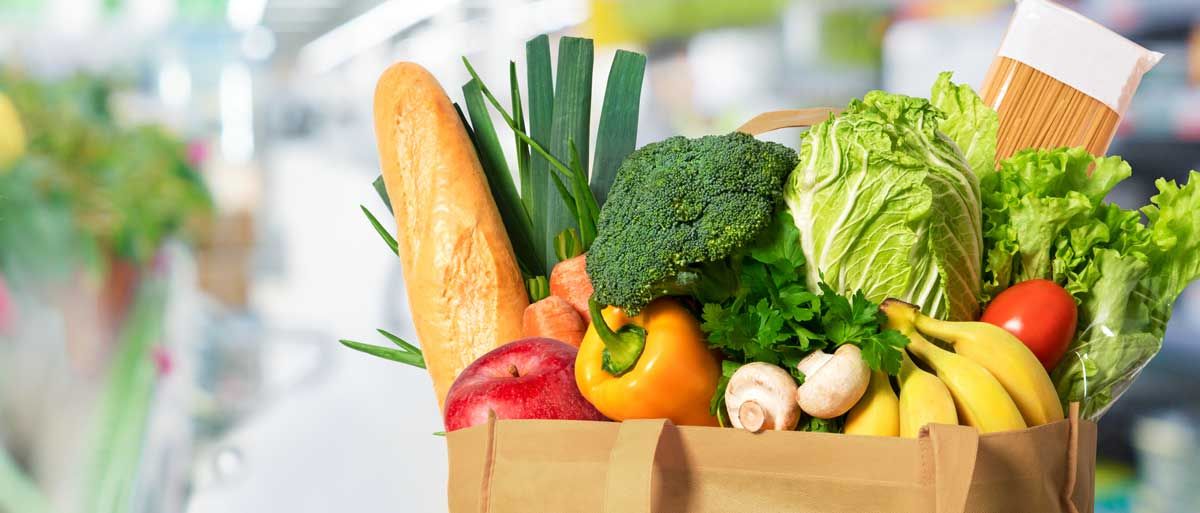
A Powerful Tool For Optimum Health
Dr. Mark Hyman’s patient, Joe, was only in his early 40’s. But he was on 4 medications – to help elevate his mood, to help his occasional feeling of anxiousness, to help him concentrate and to help him sleep. He had occasional, digestive problems.
He was not at his best.
With Dr. Hyman’s guidance, Joe stopped eating a diet loaded with refined carbohydrates and sweets washed down with diet Coke, wine and coffee. He replaced this with a whole foods diet - light on gluten and casein - and a few strategic vitamin supplements.
Within just three months he returned to Dr. Hyman’s office a new man. He was sleeping better. His mood and ability to concentrate and his blood work looked good due to losing 25 pounds. And best of all he felt great.
He just filled his shopping cart with healthy foods. And his body was thriving.
As Dr. Mark Hyman documents in his book, The Ultimate Mind Solution, Joe is one of millions of people who have discovered health benefits of what is found in their kitchen cupboard.
More and more, people are finding that strategic nutrition may be the most effective way to keep our bodies chugging along. For thousands of years, we humans have used food to support balance and vitality to our bodies. And food continues to affect how our body interacts with the environment.
From your brain to your heart . . . from joint to oral health . . . more and more research is confirming what healers for generations have known: Food choices are important for overall health. We just have to make the right choices and be strategic.1, 2
But let’s dig deeper, let’s look at why food in general can be such an effective way to keep your body working at its best.
Food Is Complex And Offers A Synergy That You Can’t Find In Extracts And Supplements
Food is nature’s best answer to what we need. Here’s why
Eating food, is like the difference between hearing someone toot on a penny whistle and listening to a whole orchestra. Food is made up of complex nutrients that work together in sophisticated ways.
-
The nutrients in food are additive. This means the variety of nutrients in a food add up to much more than a concentrated extract. For example, while an apple doesn’t have a ton of vitamin C, the huge array of phytonutrients in its skin and flesh give you significantly more antioxidant protection than a simple vitamin C tablet. In one study, when tested in vitro, a whole apple (both with skin and without) easily outperformed straight vitamin C.3
-
Nutrients in food work synergistically. Nutrients work together in mysterious ways so that 1+1 no longer equals just 2; but adds up to 3 or 4 or more!
-
Nutrition in food balances itself out. Most fruits have more sugar than a 6-pack of cookies. But that sugar doesn’t have the same effects the sugar in the cookies would. Why? The fiber in the fruit slows down your body’s absorption of the sugar.
You can see these principals at work with the beta-carotene. While several studies have shown high levels of beta-carotene in your diet and blood is linked to better health, a couple largescale studies contradict this. While researchers are still trying to sort out why these studies have such different results, some possibilities have emerged.
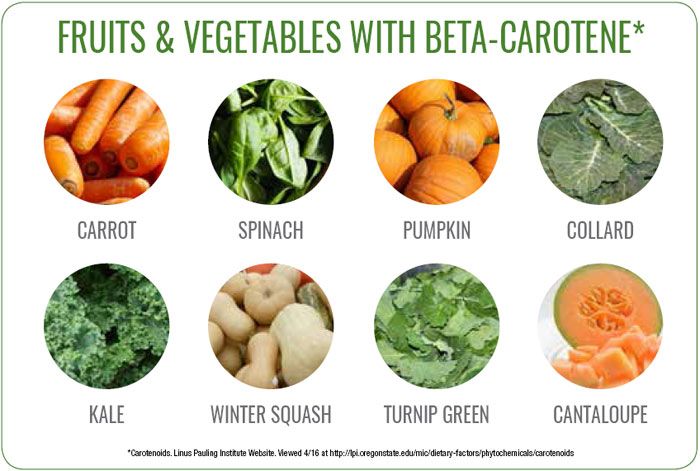
Beta-carotene is part of a class of over 50 different nutrients called carotenoids. It seems that if you eat food rich in beta-carotene, you not only get beta-carotene, but also some of the other related nutrients in the food. And these nutrients work in complex ways with your body to regulate how much beta-carotene you actually absorb. So if you eat food rich in an array of carotenoids – the class of nutrients beta-carotene is part of – you don’t run this risk.4
This complex array of nutrition in whole foods may also explain why eleuthero seems to work in opposite ways to help you dealing with occasional stress. Because eleuthero in its whole form offers your body this complex array of chemicals, your body can pick and choose which ones it uses to get the optimum results. Incredible!
Now, some of this you probably know about food. But it gets even more exciting . . .
Food Changes Your Body At The Genetic Level
Dr. Catherine Shanahan, MD has documented this new understanding our genes in her groundbreaking book, Deep Nutrition: Why Your Genes Need Traditional Food. As Dr. Shanahan explains, over the last few decades researchers have started to reveal the impact of food on our genetic expression.

While we used to think our health was determined by our genes, more and more evidence reveals that it is more about how we signal these genes with food that really makes the difference.
“For fifteen years, I have studied how food programs genes and how that programming affects physiology,” writes Dr. Shanahan.
Dr. Shanahan has scoured through thousands of studies, looking at how nutrition is linked to everything from birthing healthy babies to keeping your brain sharp well into your 90’s. She’s looked at how nutrition impacts your skin, your teeth, your sexual health, your joints - even your attractiveness and your teeth!
“No matter what kind of genes you were born with, I know that eating right can help reprogram them,” continues Dr. Shanahan.5
Here are a few exciting examples of this area of genetic research . . .
Research Reveals Broccoli Signals Our Genes
For years researchers have known that eating a lot of cruciferous vegetables like broccoli, cabbage, turnips, cauliflower and kale seemed to support cellular health and tissue growth, keeping you in optimum health. However, they didn’t know how this worked until recently. And what they observed has changed our whole understanding of our genetic code . . .
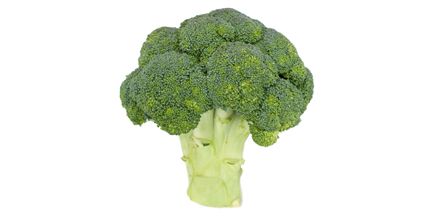
See, the majority of genes in our DNA strands are what scientists used to call “junk” genes because they didn’t code for proteins. However, over the last few years, we’ve learned that these overlooked genes play important roles in directing the building of subcellular structures, metabolism, genetic expression and more.
These are just two of hundreds of discoveries researchers are making as they examine the dance between nutrition and genes. But it’s not just the chemistry of food that impacts your health . . . Physically, how we eat food can impact how our body uses the food.
How The Activity Of Eating Changes Your Body
There is something profoundly different between swallowing a pill and working on some good food with your tongue, teeth and mouth.
When you chew, you trigger several shifts in your body. “People love to chew; it’s in our genes,” notes Paul Breslin, professor of nutritional sciences at Rutgers University and researcher at the Monell Chemical Senses Center in Philadelphia.6 And this primitive urge has implications for your health.
-
When you chew, you increase blood flow to your brain and to your heart!7 One study indicated chewing increased blood flow to the brain by as much as 28%.8 The results of this are measurable: Chewing may increase your alertness and help with occasional stress.9 10
-
Chewing alone, without any food involved, triggers the release of whole medley of hormones, digestive secretions and neuropeptides in your digestive system.11
-
Finally, chewing is part of your body’s first line of defense. When you release saliva as you chew, you release your body’s first defense – immunoglobulin A.12 13
The activity of eating changes your body chemistry and keeps you healthy in subtle ways.
And then, finally, food can nourish us emotionally and even spiritually, triggering profound effects.
Food In Itself Is A Nurturing, Emotional, Even Spiritual Experience
As you’ve probably observed on your own, there is nothing like a meal prepared by someone who loves you. Or one you prepare for yourself with care and attention. Preparing good food with love is an act that results in nothing short of magic.
When you eat food like this, affects you in deep ways, offering comfort and relief, inspiration and fortitude. Each bite sustains you and reminds you that you are cared for. Your body absorbs this message and turns this into restoration.
While this love can come in many forms from simply holding someone close to kind words in a card, nothing is as universal an expression of love as a tenderly prepared bowl of soup or other food that is made with all intentions to comfort. The love itself attached to the food is the significant ingredient that trumps all.
Your Health Springs From Your Kitchen
While conventional healthcare can play a strategic role in helping us hold onto our health, it’s only a small part of the tool chest at our disposal.
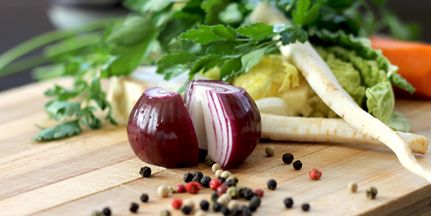
As more and more research is revealing, our greatest source sustaining power is the food in our kitchen. Just like eating junk foods can destroy your body, eating good food can help keep your body strong and healthy.
It may take time. And it certainly takes a little more attention and effort.
But the results can be huge.
When we embrace food as our first source for staying vital, we tap into a tool that has a very long track record of effectiveness and safety.
But perhaps even more importantly, we give ourselves the power to keep ourselves healthy. Each of our bodies is unique. And while experts can help us, ultimately no expert can replace your understanding of how your individual body feels and works. By learning to listen carefully to your body, monitoring your reactions to what you eat, building on that knowledge and making wise choices accordingly, you give yourself the key to staying healthy.
Sun Chlorella Takes Part In the Asian American Expo Celebration
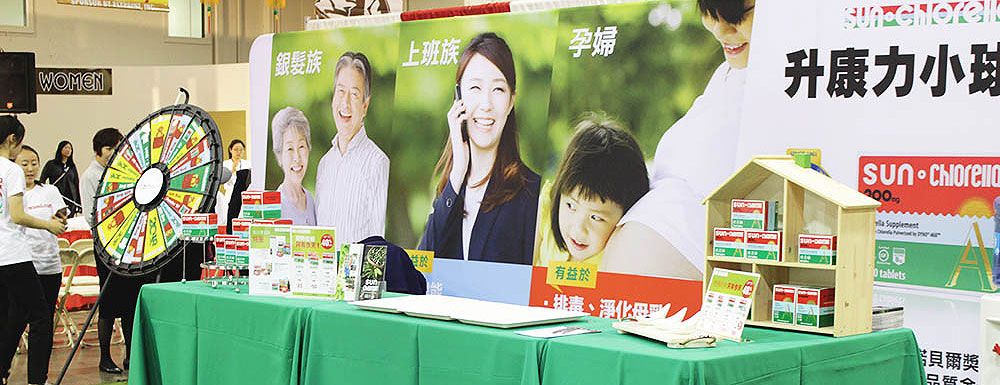
Every Lunar New Year, a vibrant event takes place just outside of Los Angeles at the Pomona Fair Complex – The Asian American Expo. For 30 years, this event has brought together Asian American consumers with Asian American businesses to entertain, celebrate, share and usher in the new year with a bang.
The last few years, Sun Chlorella USA has been part of it.
Sun Chlorella USA’s Mandarin campaign representative, Luna Wang, and receptionist, Tiffany Wang, descended on the event with boxes of samples, products for sale and information.
But perhaps most noteworthy was their creative approach to grabbing people’s attention in a busy event center. They created a Wheel of Fortune-like game, with different Sun Chlorella products as the prizes.
“Asian Customers really liked the feeling of getting prizes,” explains Luna. “The spinning wheel was a very good approach to get customers’ attention during the expo where they saw so many displays and booths.”
Luna adds, “While they waited for the spinning, we educated them about chlorella and introduced our products to them.”
Tiffany agrees that this tactic was critical given that it was so difficult to keep people focused on their explanation of Sun Chlorella’s benefits. With thousands of booths selling everything from tech toys to bicycles to scarves, the competition for people’s attention was fierce.
However, Luna and Tiffany’s hard work and creative approach paid off. Both old and young, many of the booth’s visitors left excited about the health benefits Sun Chlorella offered.
Both Luna and Tiffany were happy to get this chance to sell Sun Chlorella face to face, answer questions and simply be a part of such a fun-filled event. As Luna reflects, “As the representative of Sun Chlorella, I was very glad that I can bring the products to the Expo and introduce them to the Asian population.”
If you’re interested in finding out more about the Asian American Expo, they’ve already posted the dates for 2019. Simply go to www.asianamericanexpo.com to find out more.

Double Green Meal! Chlorella Udon With Kale Pesto
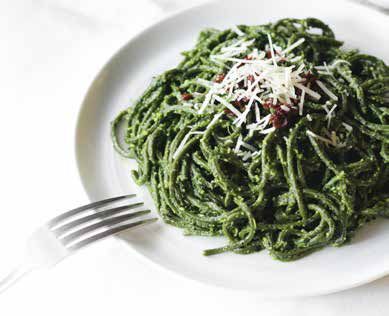
Talk about nourishing, healthy food . . . Chlorella Udon Noodles brings puts the high-powered nutrition of chlorella in a satisfying bowl of noodles. Boost it up another notch by adding the super brassica (with sulforaphane) – kale. And to make everything as delicious as possible, make the kale into a yummy pesto with more healthy nutrients like pine nuts’ vitamin E, garlic’s antibacterial allicin and olive oil’s healthy fats and antioxidants.
Enough said. Here’s the recipe (4 servings):
-
1 package Chlorella Udon Noodles
-
3 c. kale, washed and stemmed (with baby kale, stems are fine)
-
½ c. pine nuts
-
½ c. pecorinho or parmesan cheese*
-
½ c. extra virgin olive oil
-
1 T lemon juice
-
3 cloves garlic
-
A good dash of ground black pepper
Optional:
A pinch of lemon zest2 T sundried tomatoes
How to cook:
-
Prepare the chlorella udon noodles according to the package directions. Make sure you don’t overcook them so you can enjoy their chewiness!
-
Toast the pine nuts lightly in a skillet or toaster oven.
-
Combine all ingredients except the noodles in a food processor. You may need to add the kale in 2 batches.
-
Adjust seasonings to taste.
-
Serve tossed with chlorella udon noodles at room temperature.
-
Enjoy!
*Notes: for a vegan option, substitute pecorinho or parmesan cheese with your favorite vegan cheese option.

1
Halt Heart Disease With a Plant-Based Diet. Harvard Heart Health Newsletter. September 2014. Viewed 4/1/18 at https://www.health.harvard.edu/heart-health/halt-heart-disease-with-a-plant-based-oil-free-diet-
2 Paturel, A. The Ultimate Arthritis Diet. The Arthritis Foundation website. Viewed 4/1/18 at https://www.arthritis.org/living-with-arthritis/arthritis-diet/anti-inflammatory/the-arthritis-diet.php
3 Eberhardt MV, Lee CY, Liu RH. Antioxidant activity of fresh apples. Nature 2000;405:903–4.
4 Carotenoids. Linus Pauling Institute Website. Viewed 4/16 at http://lpi.oregonstate.edu/mic/dietary-factors/phytochemicals/carotenoids
5 Shanahan C. Deep Nutrition, Why Your Genes Need Traditional Food. (New York: Flatiron Books, 2016) p. 12
6 Ellin A. Vitamins Gone Gummy. New York Times. February 28, 2017.
7 Hirano Y, Onozuka M. Chewing and Attention: A Positive Effect on Sustained Attention. BioMed Research International. 2015;2015:367026. doi:10.1155/2015/367026.
8 Arch Oral Biol. 1997 Jan;42(1):57-61.
Effect of mastication on regional cerebral blood flow in humans examined by positron-emission tomography with ¹⁵O-labelled water and magnetic resonance imaging. Momose T1,
9 Erbay FM1Chewing gum may be an effective complementary therapy in patients with mild to moderate depression. Appetite. 2013 Jun;65:31-4. doi: 10.1016/j.appet.2013.02.002. Epub 2013 Feb 12.
10 Hirano Y, Onozuka M. Chewing and Attention: A Positive Effect on Sustained Attention. BioMed Research International. 2015;2015:367026. doi:10.1155/2015/367026.
11 Noble, Emma J. et al. Gum chewing reduces postoperative ileus? A systematic review and meta-analysis. International Journal of Surgery , Volume 7 , Issue 2 , 100 - 105
12 https://www.scienceforsport.com/salivary-immunoglobulin-a-s-iga/
13 G.B. Proctor et al. Chewing Stimulates Secretion of Human Salivary Secretory Immunoglobulin A. Journal of Dental Research. March 1, 2001. Vol 80, Issue 3, pp. 909 - 913
